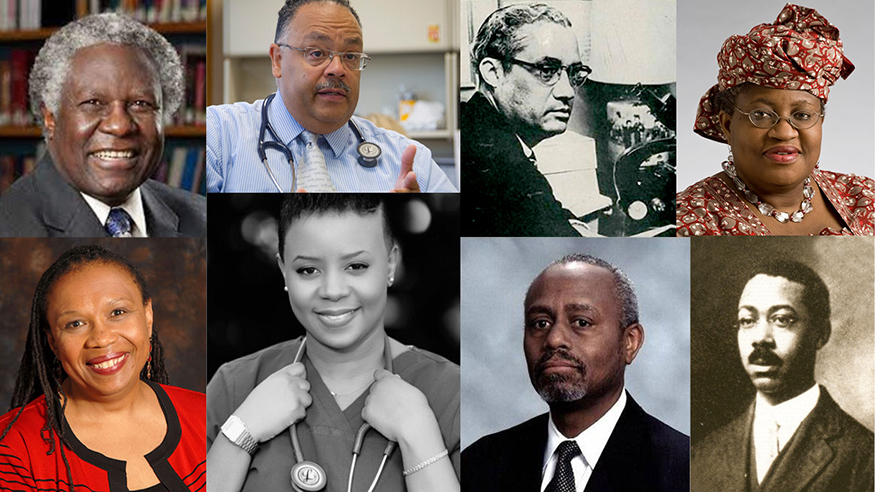

As written by Nancy Joseph
“William Augustus Hinton, born to former slaves, was a bacteriologist and the first Black professor at Harvard. Sekazi Mtingwa, a theoretical high-energy physicist, co-founded the National Society of Black Physicists. Claire Karekezi is the first and only female neurosurgeon in Rwanda. These and other Black leaders in the sciences are featured on BlackPast.org, thanks to the UW BlackPast-PR2ISM Science Communication Internship.
BlackPast.org is an online resource for Black history, viewed by more than six million people annually. Developed by Quintard Taylor, UW professor emeritus of history, it is by far the largest and most visited website on African American and global African history.
Despite BlackPast’s breadth and reach, Tam’ra-Kay Francis wished its coverage of Black scientists could be more robust. Francis, a postdoctoral fellow in the UW Department of Chemistry, had previously created PR2ISM — a tri-campus initiative to foster diverse careers in STEM. She reached out to Taylor, suggesting a BlackPast-PR2ISM internship to add more STEM content to the BlackPast site.
“BlackPast has had a STEM page for some time, but we were running short of volunteers to write entries on the numerous people who should have been added,” recalls Taylor. “So when Dr. TK Francis approached me about creating an internship opportunity for students to write for the website, naturally I jumped at the opportunity.”
With Taylor’s encouragement, Francis secured funding from the University of Washington Black Opportunity Fund to develop the BlackPast-PR2ISM Science Communication Internship in 2021. Through the internship, UW students create entries about Black scientists for the BlackPast website while building communication skills. They receive a stipend along with mentorship from Francis and Taylor. (The interns also have written content for the site’s Environmental Justice page, as well as non-science entries, including the new Blackpast.org African American Visual History Timeline.) Three interns were funded in the program’s first year…”
